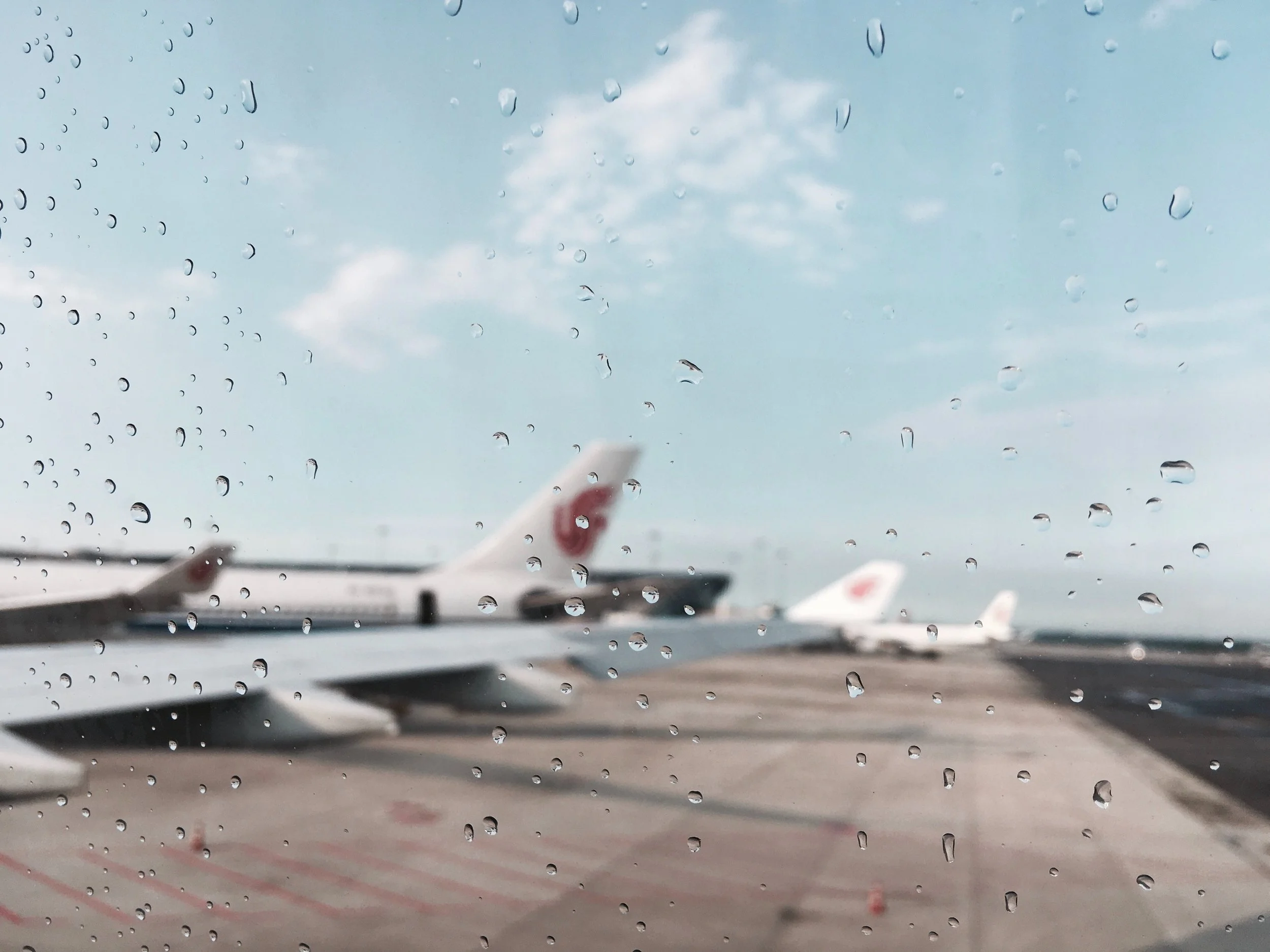4 Sub-Saharan Africa Travel Myths and Misconceptions Dispelled
/You may remember reading news headlines throughout 2014 (and even into 2015) about the Ebola virus and an increase in terrorist activity in "Africa". The generalization and use of the term, like it is one single country rather than one gigantic continent, is one of the biggest misconceptions that Western media continues to perpetuate on an almost daily basis.
Yet, despite any negative press you may have come across in the past year, United Nations World Tourism Organization (UNWTO) data has shown uninterrupted growth in overall international tourist arrivals to Sub-Saharan Africa. The region is one of the world's fastest growing destinations in the world in tourism, second only to Southeast Asia. This data directly contradicts some of the most common myths and misconceptions you may have heard about "Africa" and travel. If you were ever considering a trip to Africa, now is the best time to go.
Myth 1: Flying to Southern or East Africa is expensive
Airfare to Africa continues to appear at competitive rates for peak season travel. South African Airways regularly promotes special offers on their non-stop routes to Johannesburg from Atlanta and New York City.
Once you get to a hub like Nairobi, Addis Ababa, or Johannesburg, there are many different low-cost carriers you can book domestic (and sometimes international) flights with. I use Skyscanner to search both international flights inclusive of my domestic destination (so, a round-trip flight from NYC to Cape Town). Then, I compare that price to a search for a round-trip NYC to Johannesburg to figure out if it may be worth booking a Johannesburg ↔️ Cape Town internal flight (separate from my international ticket) on a low-cost carrier.
I have seen tickets on South African Airway's Mango Airlines from Johannesburg (South Africa) to Zanzibar (Tanzania) for as little as $400 round-trip.
Myth 2: Travel to Africa is unsafe
The Ebola virus crisis of 2014 is still fresh in travelers' minds, though, the outbreak only affected a very small area of a very large continent. Gabon is further away from South Africa than California is to New York. That puts things into perspective, doesn't it?
There is also anecdotal evidence that the number of people aware of illegal wildlife trafficking and poaching is growing. Illegal wildlife trafficking and other nefarious activities are what is funding terrorism in East Africa, even though there continues to be pressure on all fronts to stop it. The UNWTO data does reflect an uptick in arrivals to Tanzania and Rwanda and a decrease in arrivals in Kenya. I think it's safe to assume some travelers are picking Kenya-alternative destinations this year.
Myth 3: Visas are expensive and difficult to obtain
Most country visas in Southern Africa are available upon arrival. In South Africa, as long as you have proof of return, it should be relatively easy to secure a 90-day tourist visa upon arrival.
In February 2015, South Africa announced they will no longer require proof of yellow fever vaccination for travelers arriving from Zambia and Tanzania (though it is required for other countries, so check out this list here). The yellow fever vaccination is still recommended, however, for travel in certain countries in sub-Saharan Africa (where it is endemic), countries in South America, Panama, Trinidad and Tobago. At least you can add Zambia and Tanzania to your itinerary without worrying about the hassle of needing a yellow fever vaccine.
While it's not a replacement for speaking with your personal doctor, MD Travel Health is a good reference website for vaccination requirements.
The introduction, cancellation, and reintroduction of the uni-visa for Zambia and Zimbabwe makes it so travelers can spend $50 for a tourist visa which enables them to visit both Zambia and Zimbabwe for up to 30 days. If your travels are only taking you to Zimbabwe, it still makes the most sense to get the single entry tourist visa to Zimbabwe.
You can also easily visit Botswana for a day-trip via the Kazungula crossing with Zambia, however, no overnight stay is allowed. In addition, East Africa has introduced a regional visa. For $100, travelers can obtain a 90-day uni-visa tourist visa (T12 East Africa Tourist Visa), valid for travel in Kenya, Rwanda and Uganda.
Myth 4: You need at least a month to enjoy your trip to Africa
Let's be honest, a month in any destination would be awesome! Unfortunately, most of us just don't have the luxury of taking that much time off. Yes, you will spend nearly a day to traveling to Southern or East Africa, but that doesn't mean you have to feel obligated to spend a long time on in any one place. Two weeks is more than enough time to visit one country (even two countries) on this continent.
Tour operators are also increasingly more aware that the American traveler might only have one week to travel, but expect a fully immersive experience. Safari operators are promoting shorter itineraries across Kenya and South Africa which encompass both city or beach and safari time.
To help combat jet-lag, resist the urge to take a nap upon arrival. Eat a healthy meal before going to bed at a regular time. You'll wake up feeling more refreshed and better adjusted to your new time zone.
What tips would you give travelers with a limited amount of time to spend visiting Sub-Saharan Africa?



















































